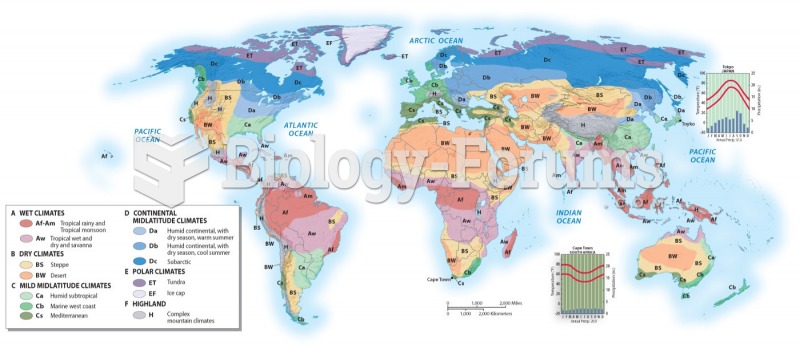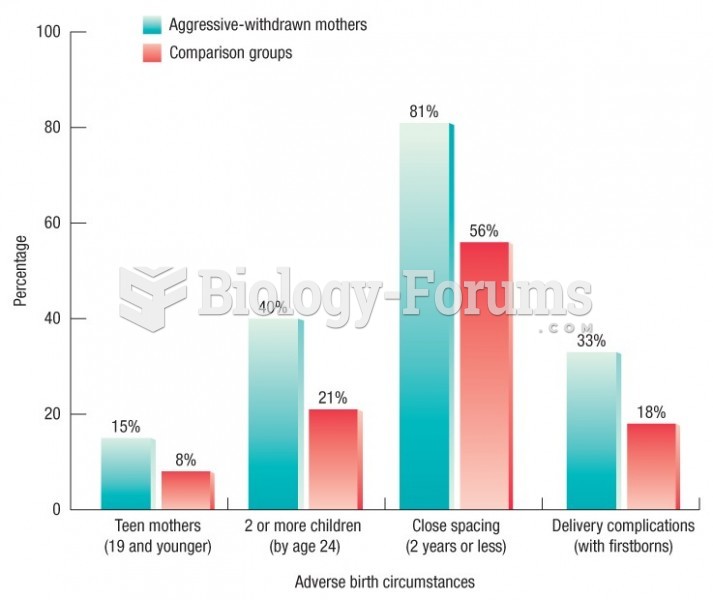Answer to Question 1
Answer: Around the world, two strategies have been successful in reducing birth rates. One alternative emphasizes reliance on education and health care, the other on distribution of contraceptives.
The first approach to lowering birth rates emphasizes the importance of improving local economic conditions. The idea is that a wealthier community has more money to spend on education and health-care programs that would promote lower birth rates. According to this approach, therefore, with more women able to attend school and to remain in school longer, they are more likely to learn employment skills and gain more economic control over their lives. With better education, they would better understand their reproductive rights, family planning methods, make more informed reproductive choices, and select more effective methods of contraception.
The other approach to lowering birth rates emphasizes the importance of rapidly diffusing modern contraceptive methods. This approach argues that economic development may promote lower birth rates in the long run, but the world cannot wait around for that alternative to take effect. By putting resources into family-planning programs therefore, we can reduce birth rates much more rapidly. In developing countries, demand for contraceptive devices is greater than the available supply. Therefore, the most effective way to increase their use is to distribute more of them, cheaply and quickly. According to this approach, contraceptives are the best method for lowering the birth rate.
Answer to Question 2
Answer: A population pyramid is a bar graph that displays a country's population by age and gender. The shape of a country's pyramid is determined primarily by the crude birth rate (CBR). A country with a high CBR has a relatively large number of young children, making the base of the pyramid very broad, whereas a country with a relatively large number of older people has a graph with a wider top that looks more like a rectangle than a pyramid. As a country advances and moves through the different stages of the demographic transition model, therefore, its population pyramid narrows at the base and, compared to previous stages, the upper part of the pyramid widens, changing the pyramid from a more triangular shape to a more rectangular one.







